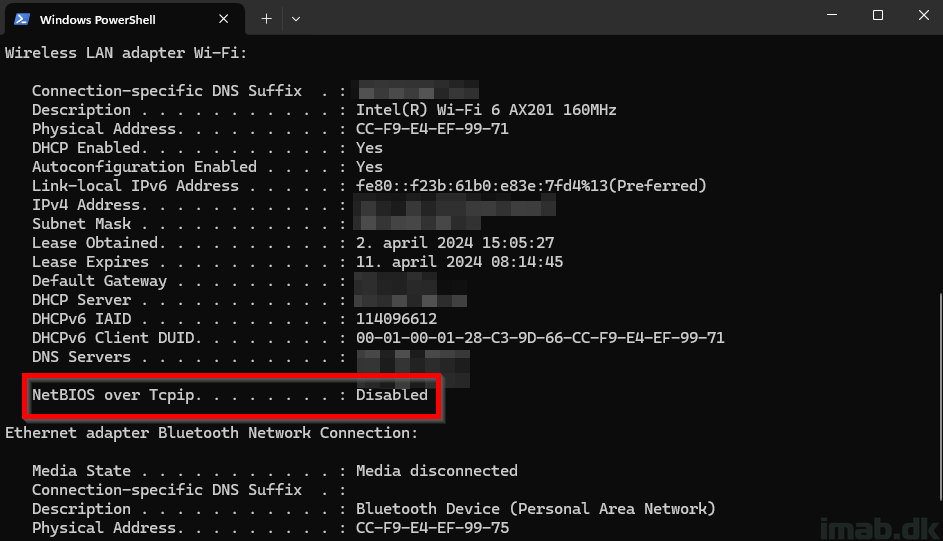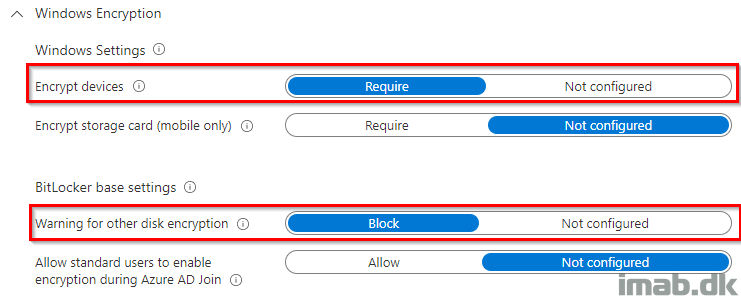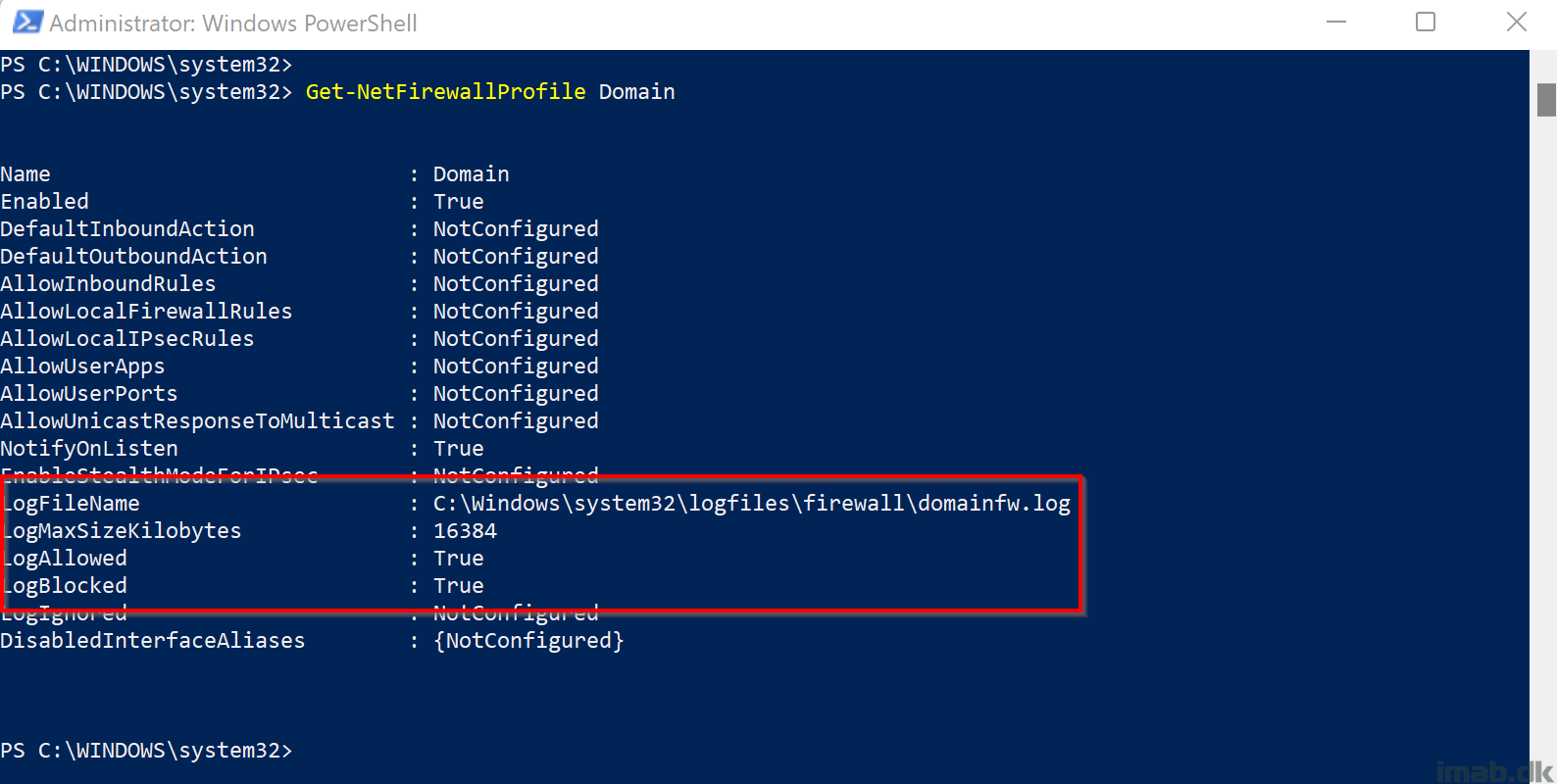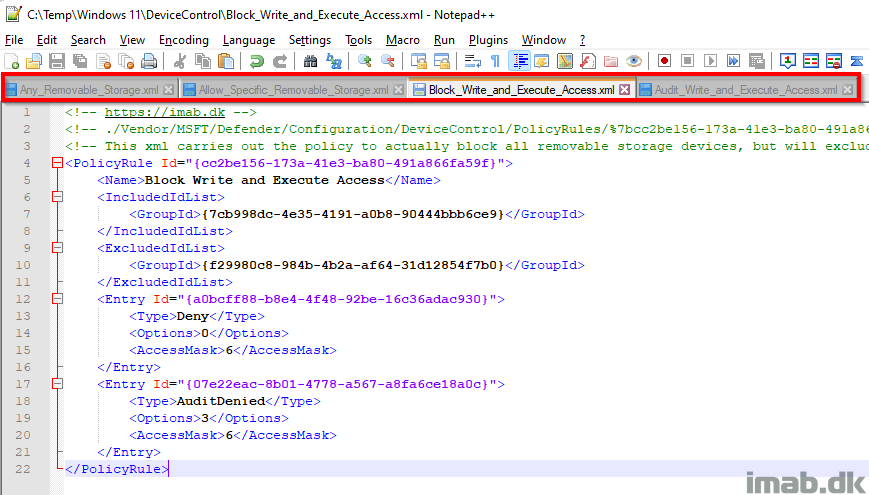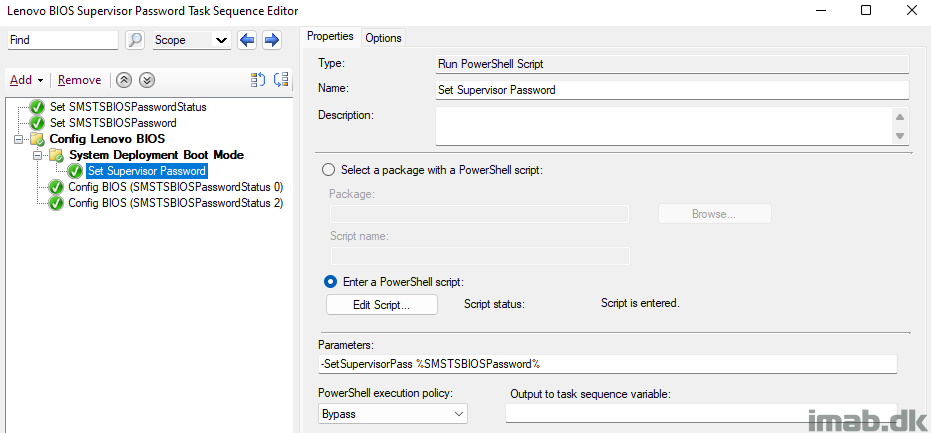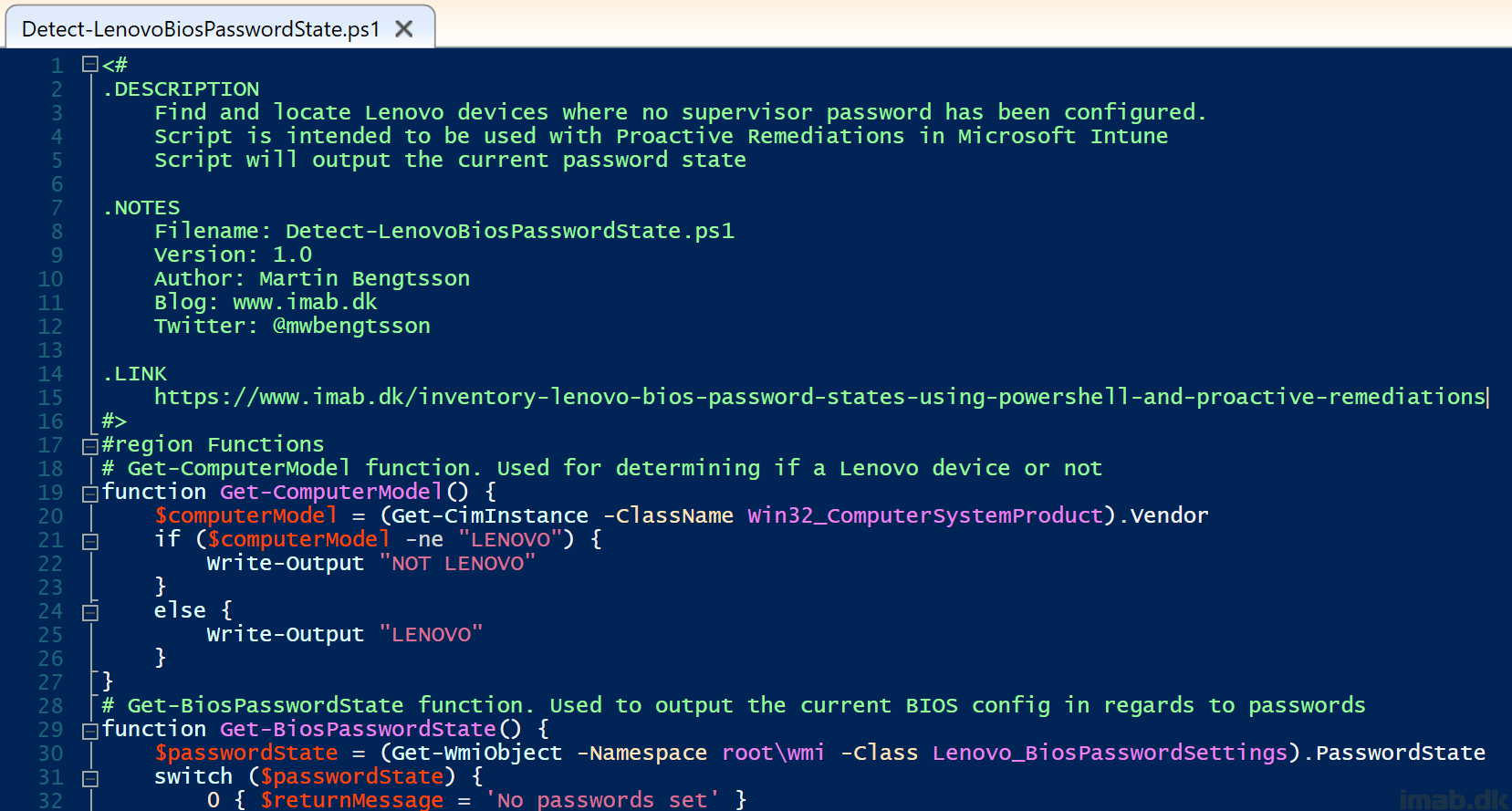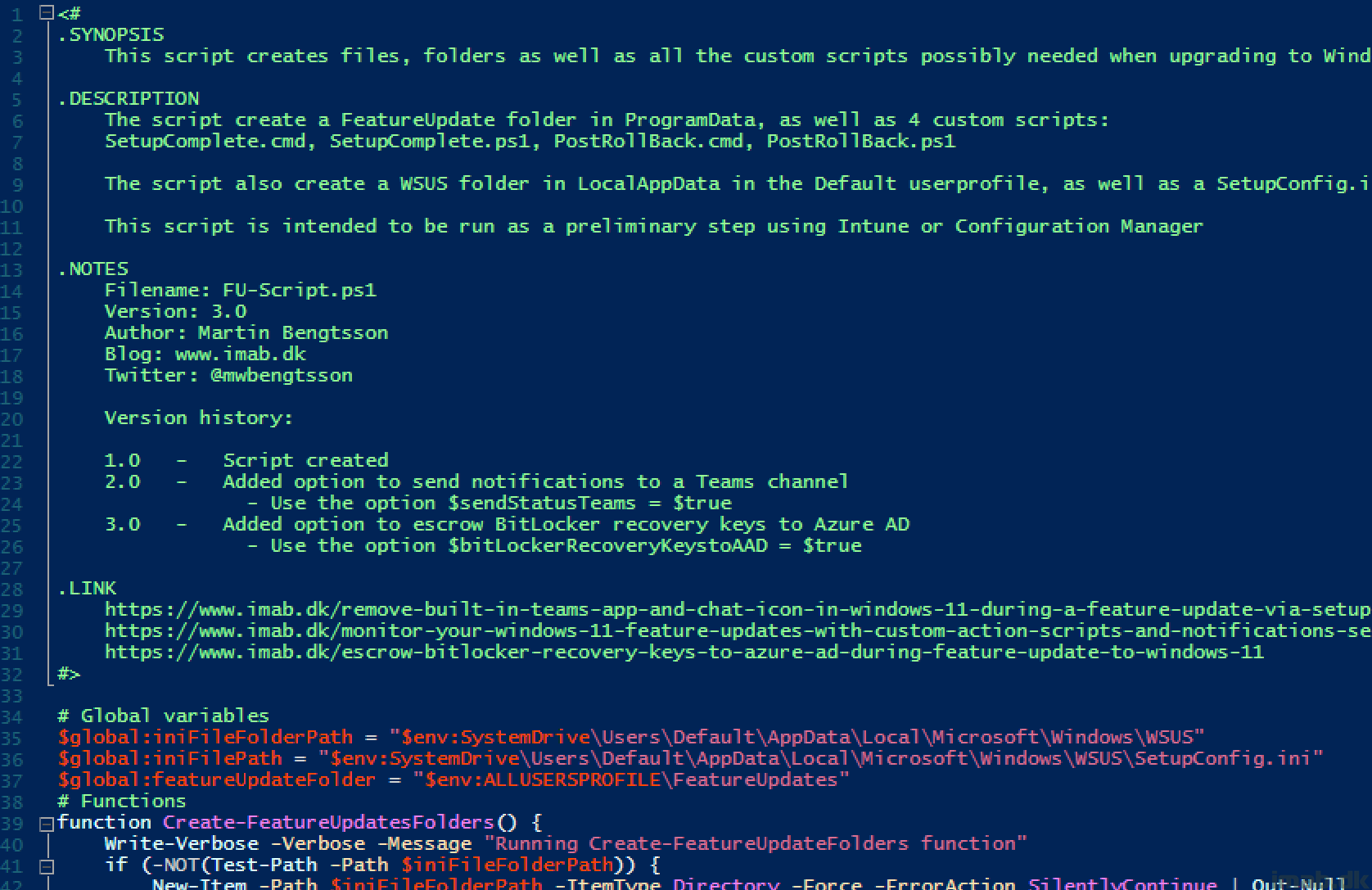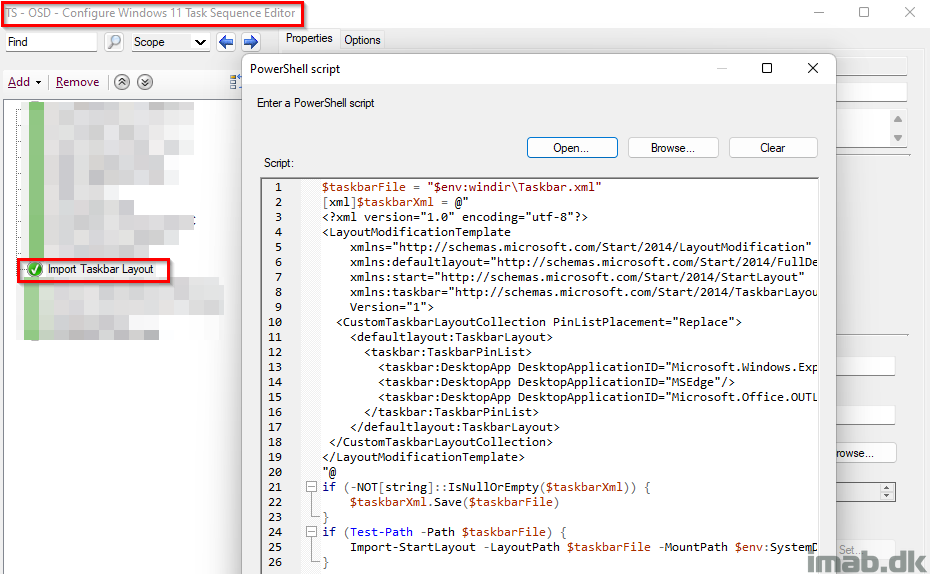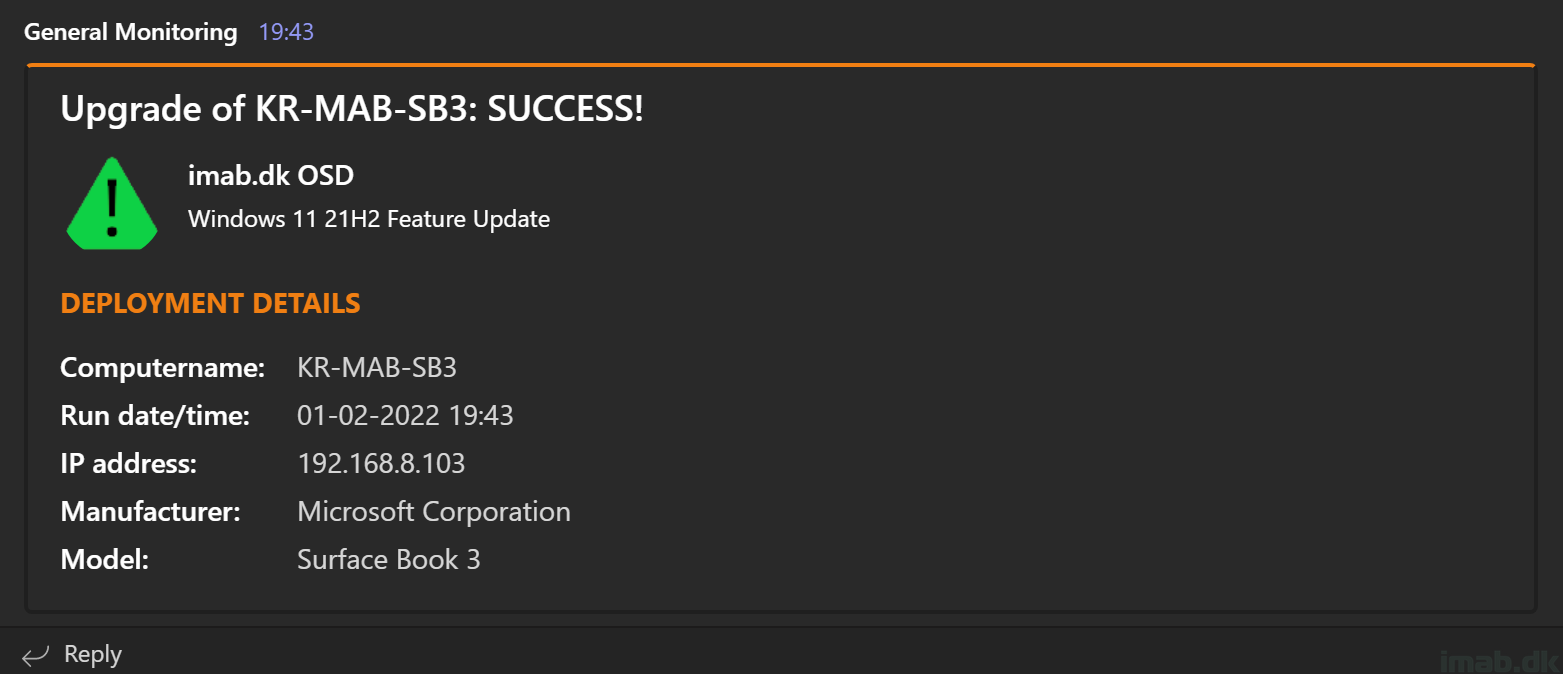Introduction
If you are working with device management and IT security in general, you have probably heard about the recommendation to disable the legacy protocol NetBIOS in Windows.
If this is news to you, there’s some interesting reading for you in this article: Adversary-in-the-Middle: LLMNR/NBT-NS Poisoning and SMB Relay, Sub-technique T1557.001 – Enterprise | MITRE ATT&CK
NOTE: Before disabling anything, make sure you do your due diligence and monitor your environment for NetBIOS traffic, so you don’t accidently break stuff! Wireshark can help you with this. 🙂
